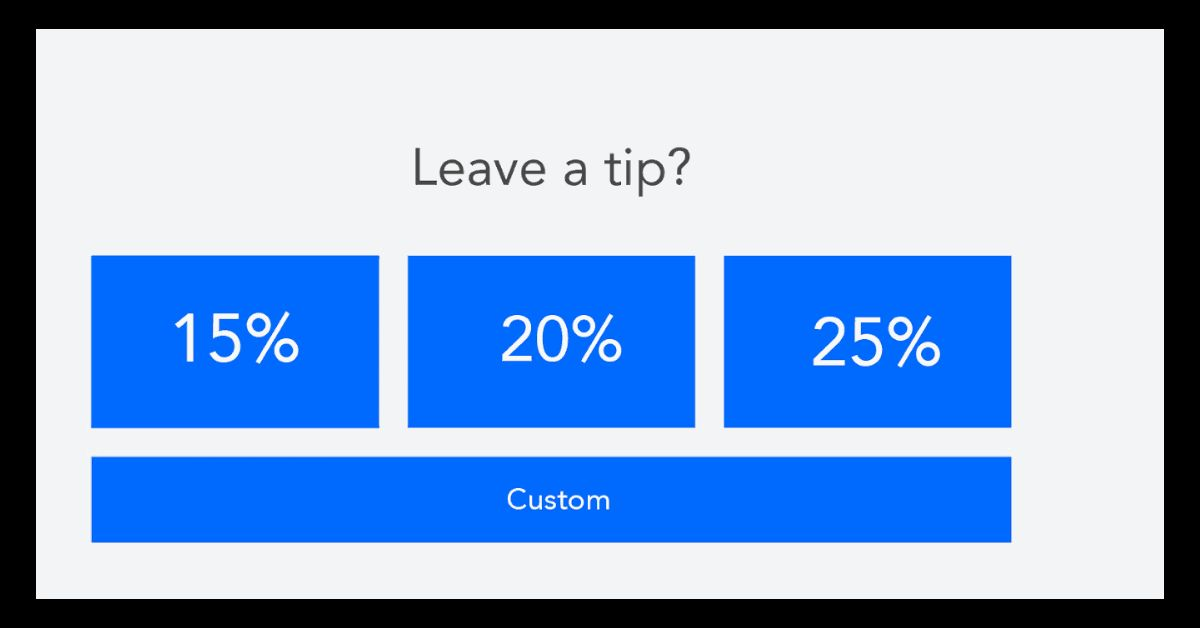Unlocking the Potential: Generative AI in IoT Market Size and Share Trends
Introduction
In the rapidly evolving landscape of technology, the intersection of Generative Artificial Intelligence (AI) and the Internet of Things (IoT) is fostering a wave of innovation across industries. Generative AI, a subset of AI that involves machines autonomously creating content or solutions, is gaining traction within the IoT ecosystem. Understanding the market dynamics, including size and trends, is crucial for businesses aiming to leverage these transformative technologies effectively.
The Emergence of Generative AI in IoT
Generative AI algorithms, powered by deep learning and neural networks, demonstrate remarkable capabilities in simulating human-like creativity and problem-solving. In IoT applications, this technology holds promise for enhancing data analytics, predictive maintenance, and intelligent automation.
By employing Generative AI, IoT devices can autonomously derive insights from extensive datasets, enabling real-time decision-making and adaptive responses. Furthermore, Generative AI facilitates the creation of synthetic data, addressing challenges related to data scarcity and privacy concerns in IoT deployments.
Market Size and Growth Projections
The market for Generative AI in IoT is experiencing substantial growth, fueled by increased adoption across various industries and a surge in IoT implementations. According to industry forecasts, the global market size for Generative AI in IoT is anticipated to reach billions of dollars by [insert year], with a significant compound annual growth rate (CAGR).
Several factors contribute to this growth:
Expansion of IoT Deployments: Industries such as manufacturing, healthcare, automotive, and smart cities are witnessing a rapid increase in connected devices. This proliferation drives the demand for advanced AI capabilities to extract insights and optimize operations.
Advancements in AI Technologies: Ongoing developments in Generative AI, including enhancements in deep learning architectures and natural language processing (NLP) models, bolster the capabilities of IoT systems to generate actionable insights and predictive analytics.
Emphasis on Operational Efficiency: Organizations are prioritizing operational efficiency, cost optimization, and innovation. Investments in AI-powered IoT solutions help streamline processes, automate tasks, and unlock new revenue streams.
Key Market Trends and Drivers
Several trends and drivers shape the market for Generative AI in IoT:
Industry-Specific Applications: Different sectors leverage Generative AI in IoT for tailored applications. For example, in manufacturing, AI-driven generative design optimizes product designs and processes, while in healthcare, it aids in medical imaging analysis and personalized patient care.
Integration of Edge Computing: Incorporating Generative AI capabilities at the edge enhances local data processing in IoT devices, reducing latency and bandwidth requirements. This trend aligns with the growing emphasis on edge computing in IoT deployments.
Ethical AI Practices: Concerns about AI bias, transparency, and accountability are prompting a focus on ethical AI development. Ensuring fairness, transparency, and privacy in AI-generated outputs is crucial, especially in sensitive applications like healthcare and finance.
Collaborations and Partnerships: Collaborations between AI technology providers, IoT platform vendors, and industry stakeholders drive innovation and market adoption. Partnerships facilitate the integration of AI capabilities into existing IoT ecosystems, fostering interoperability and scalability.
Future Outlook and Opportunities
The future of Generative AI in IoT presents numerous opportunities for innovation and growth:
Personalized User Experiences: Generative AI enables the creation of personalized user experiences in IoT applications by analyzing user data and preferences to deliver tailored recommendations and services.
Predictive Maintenance and Asset Optimization: AI-powered predictive maintenance solutions optimize asset performance and reduce downtime by forecasting equipment failures based on IoT sensor data.
Smart Cities and Sustainability: Generative AI supports data-driven urban planning, resource management, and sustainability initiatives in smart cities, leading to more efficient infrastructure and improved quality of life.
Healthcare Advancements: In healthcare, Generative AI aids in medical research, drug discovery, and personalized treatment approaches, enhancing patient outcomes through data-driven insights.
Conclusion
Generative AI in IoT represents a transformative force, reshaping industries and driving innovation. Businesses must stay informed about market trends, collaborate with industry partners, and prioritize ethical AI practices to harness the full potential of these technologies and capitalize on emerging opportunities for growth and differentiation.




Post Comment